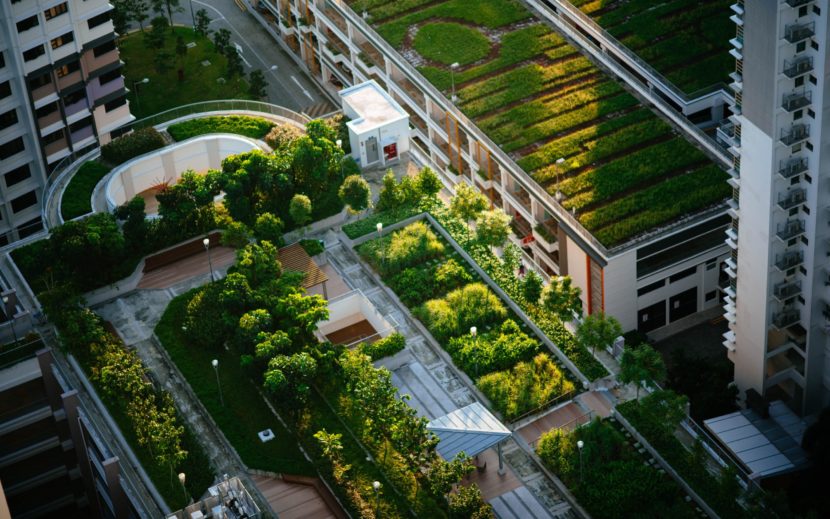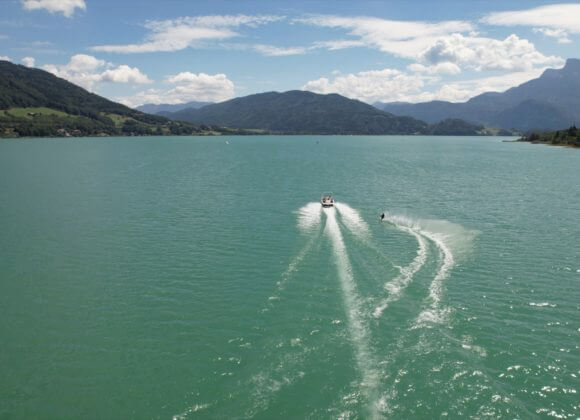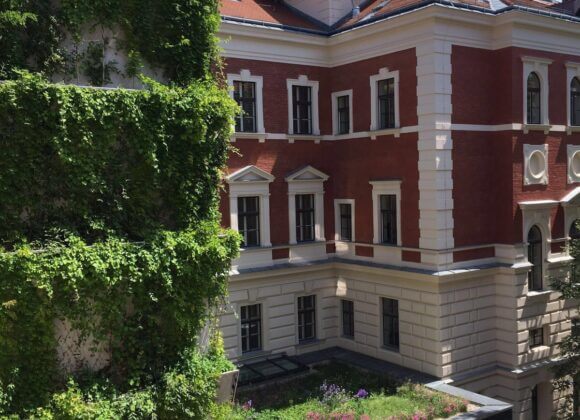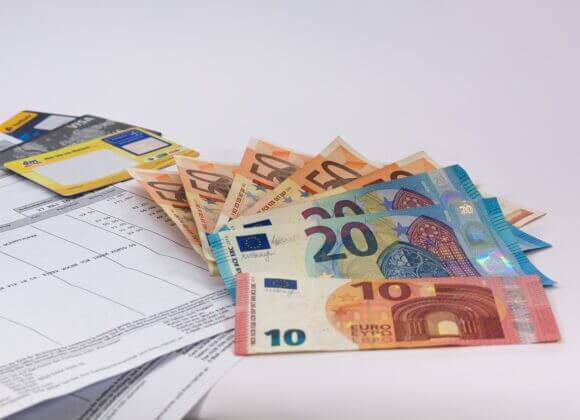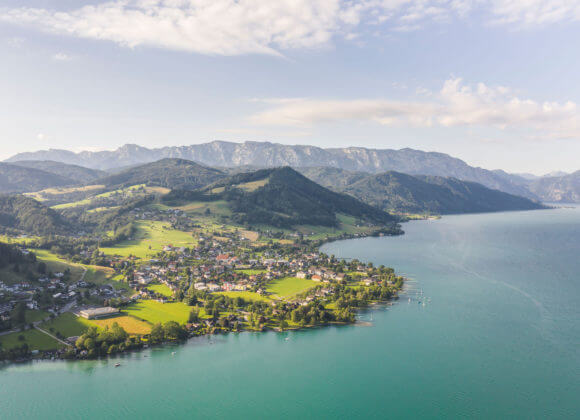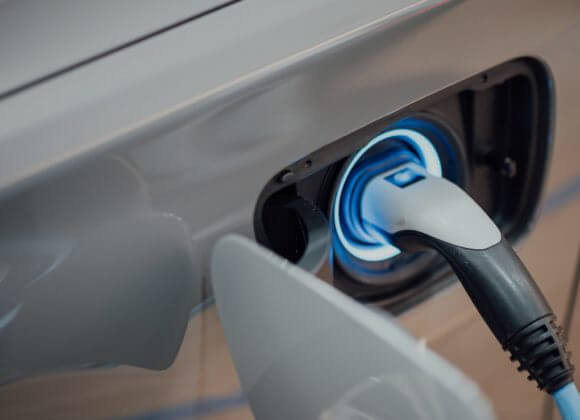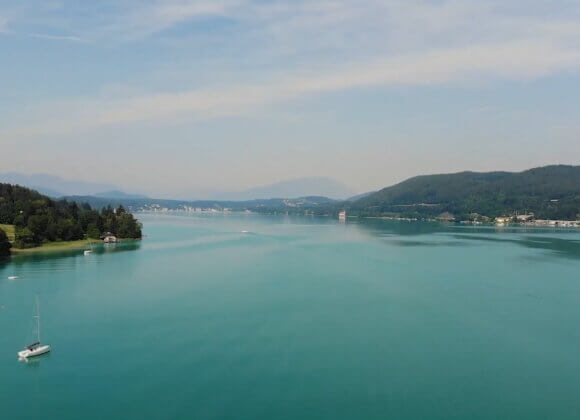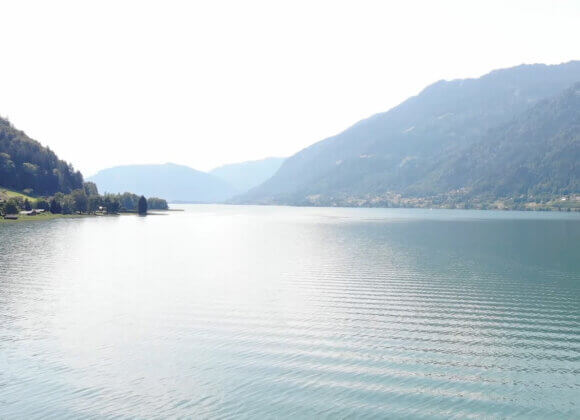Green Roof. A theme that is gaining popularity with each passing year. But only very few people are really familiar with it. Questions about the risks, costs and subsidies often remain unanswered. Together with DI Christian Oberbichler, the managing director of Dachgrün, we will help you through the information jungle.
What are the risks of greening?
With proper planning and execution, there are no risks that can be attributed to greening. On the contrary, the green roof acts as a protective mantle for the roof and structure, keeping high temperatures, UV radiation, hail and ice away from the roof waterproofing, thus extending its service life.
However, when greening is done by inexperienced do-it-yourselfers and you don’t prevent risk factors in advance, mistakes can still happen. Improperly installed green roofs can cause damage to the roof, disrupt the appearance of a home, or damage the roof waterproofing. Special care should also be taken when combining the system with photovoltaic systems or downstream rainwater harvesting.
Another risk that can become a problem if not planned and executed properly is puddling. Excess water can collect on the roof and cause uneven plant growth, moss growth or plant failure. It is also important to find out what type of plants are suitable, as not all are suitable for a green roof.
Green roof tips for the do-it-yourself man/woman?
This checklist should be worked through before greening:
No. 1 Structural analysis and building physics:
What does my roof support and is my roof structure suitable for (subsequent) greening?
No. 2 Roof Pitch:
What is the pitch/slope of my roof?
No. 3 waterproofing, roof edge flashings and wall flashings:
Is the existing waterproofing suitable for (subsequent) greening? How is the greening area enclosed?
No. 4 Drainage and water connection:
How is the excess roof water drained? Where is the nearest water connection?
No. 5 Climbing assistance and fall protection:
How do I keep myself safe during ascent, maintenance and descent?
In addition to these pre-construction tips, of course, you should also consider how the areas will be maintained after the green roof is installed.
…Who uses, maintains, services the green roof area?
…How much effort should be put into it?
…Can I do it all myself?
How long does it take to green a standard Austrian roof (single-family house)?
If we assume a single-family house with approx. 100m2 of greenable flat roof area, the time required by a specialist company will be approx. 2 working days, depending individually on the roof geometry and roof shape.
The prerequisite for this is, of course,
- That all the preliminary work – such as the root-proof roof sealing, the roof edge edging and the roof drainage – has been completed
- That the use and access of appropriate lifting equipment is possible to transport and install the green roof construction materials, especially the roof substrate.
- that the greening work can be carried out in one go.
What are the costs?
In terms of price, it depends on the cost of travel and delivery. Depending upon region and object-specific basic conditions one can calculate for the roof gardener part and the vehicle and machine employment approx. € 3,000, — and for the material package again approx. € 3,000, –.
In total, this is about € 6,000 excl. and thus € 7,200 incl. USt estimated for a conventional and simple extensive revegetation with about 10 cm layer structure.
The cost of green roof material package and the delivery of it will be when using a complete green roof package for self-construction for 100m2 at about € 3,300, — excl. and thus about € 4,000, — incl. launch.
What do you need to do the greening yourself?
- A worked off checklist for green roof construction (see front).
- Quality-assured and certified professional material from a specialist company (e.g. a complete DIY package from Dachgrün suitable for his project)
- A laying and care instructions to the complete package
- A strong back and a secure stand of the ladder for construction
- A little patience and weather luck during the germination phase of the seeds or the growth phase of the plants.
Could you plant a small “self-sustaining garden” on the roof?
In extensive green roofs, various drought-resistant herbs such as oregano, marjoram, thyme, and chives can supplement the plant community on the green roof and be harvested during maintenance walks. But for a vegetable garden needs a higher substrate structure, especially higher nutrient content and more water.
Vegetable gardening therefore only works on an intensive green roof of a roof garden or an underground garage, on the extensive green roof at best with a professionally installed raised bed.
Attention:
The roof must also be safe to walk on, so it needs a perimeter railing that complies with the building code. This is usually not the case with extensive green roofs, which are usually only accessed for inspection and maintenance.
Are there subsidies for green roofs?
Consulting grants on the topic of building greening are offered in various states or cities. These are either related to interested companies or also to private individuals.
Subsidies for implementation can also be part of housing subsidies throughout Austria, for example in Carinthia, Salzburg or Lower Austria. In addition, they can also be distributed directly by the cities in their own funding pots (greening measures) for different target groups. An example of this is Vienna’s photovoltaic green roof subsidy, which has been in effect since June 1 and is intended to boost the construction of photovoltaic systems on green roofs.
Green roofs are encouraged in the following cities:
Vienna, Baden, Mödling, Horn, Eisenstadt, Graz, Linz
It is possible to “get the most out” of the funding if the consulting services offered by the funding city are used and the project is coordinated in direct contact with the funding provider.
Here are the cities that promote green roofs in detail:
Vienna: Roof greening – funding application (wien.gv.at)
Requirements for green roof grants
Funding for green roofs is available if…
- …the green roof measure has not been paid out in full or in part as EU, federal or state funding or will not be paid out in full or in part as EU, federal or state funding.
- …the Recipient is not a public legal entity (e.g. Federal Government, City of Vienna, …).
- …a previously non-green roof is converted to a green roof.
- …a green roof is newly erected.
- …the planned green roof is not prescribed by the development plan (if green roof is prescribed, only the substrate height exceeding this is eligible for funding).
- … according to ÖNORM L 1131 a rootable structure thickness of at least 8 centimeters is present.
Important: A funding commitment/funding payment does not replace approvals or authorizations from other agencies of the City of Vienna or the federal government. Grant applicants are responsible for obtaining all necessary permits and approvals.
Baden: Baden bei Wien – Home – Our city – City hall – Subsidies – Energy & climate protection
The new funding for green roofs and facades makes an important contribution to improving the urban climate and to maintaining and increasing ecological diversity. Greening helps to offset the extremes of inner-city overheating and avoid urban heat islands. This effectively enhances the quality of life in urban areas, makes urban life more attractive, and makes a valuable contribution to urban climate change adaptation.
The building greening subsidy program includes expert advice and construction of green roofs and facades.
Applicants for subsidies may be natural persons with their main residence in Baden, communities under the Condominium Act, associations with their registered office in Baden, and companies subject to municipal tax with eligible properties in the city of Baden.
The subsidy is granted by means of an application, enclosing the necessary documents, no later than 6 months after construction or invoicing.
The detailed funding guidelines and application form are available from the Climate and Energy Department and Citizens’ Service and can be downloaded below.
For telephone information, the team of the Energy Department is also available at 02252-86800-237 / 233 / 235.
Forms
- Application for funding for energy-saving and emission-reducing measures in the municipality of Baden (868 KB)
- Guideline for the promotion of energy-saving measures in the municipality of Baden (5.47 MB)
Mödling: Municipality of Mödling online – your official Infoweb of the city! – Home (moedling.at)
The municipality of Mödling grants a subsidy for any kind of greening of flat roofs as well as technical greening of facades of both residential and commercial buildings.
Colleagues from the city gardening and building departments and external specialists with years of professional experience are available for a consultation!
Can be reached by telephone on 02236/400-408 or 0664/15 25 223 and by e-mail via stadtgaertnerei@moedling.at.
Graz: Environmental promotion: Urban greening – Stadtportal der Landeshauptstadt Graz
With the municipal council resolution of 05.11.2020, the city of Graz promotes community gardens, consulting for roof and facade greening, construction of roof greening (for commercial halls), construction of facade greening and urban tree planting.
This funding is primarily for ecological and local food supply and awareness-raising gardening activities, as well as ecological and climate-friendly design of the urban space.
With the municipal council resolution of 29 April 2021, the Climate Advisory Board of the City of Graz also promotes the combination of photovoltaics and green roofs (“SolarGrünDach”) and intensive green roofs.
Reachable by phone at +43 316 872-4311 and by email via umweltamt@stadt.graz.at (subject: “Urban Greening”).
Linz: Green facades and roofs | City of Linz
Funding is available for companies, organizations and private individuals who implement a green facade or roof.
Funding requirements in Linz:
- Government-mandated greening is not encouraged.
- The object where the greening is carried out must be located in the city area of Linz.
- The greening must have been carried out or be carried out by a specialist company or the proper execution must be confirmed by a specialist company.
- Invoices must not be older than one year.
- Invoices for the execution of facade or roof greening as of 1.1.2019 will be accepted.
Contact and can be reached by phone at 0732/7070-3142 or edmund.maurer@mag.linz.at.
Horn: Forms & funding applications (horn.gv.at)
Eisenstadt: Dachbegruenung_-_Foerderrichtlinie.pdf (eisenstadt.gv.at)
What are the differences in planting depending on the slope and why does the process differ depending on the slope?
Green roofs on sloping and pitched roofs are a challenge in terms of construction and vegetation. In fact, it is important to remember that the roof under the greenery must be sealed with a smooth roofing film, but this becomes a slippery slope for the greenery structure as the slope increases. The problem is that the roof foil can not simply be drilled through for the attachment of the superstructure, because then it is no longer waterproof.
At the same time, however, the planting substrate should not be displaced by the wind in the event of complete drought, nor should it slide away in the event of full soaking or snow accumulation. The steeper the roof, the more must be invested in structural measures to prevent slipping.
How do you prevent greenery from slipping off the roof or being carried away by the wind?
For roof pitches from 1° to 30 °, ÖNORM L1131 applies in Austria, with its provisions on planning, construction and maintenance. Here, the requirements for shear protection and erosion control are specified depending on the roof pitch on pitched roofs.
From a roof pitch of 5°, initial considerations should be made regarding plant selection and substrate choice, since precipitation runs off more quickly on a sloping roof, leaving less water to supply the plants. Up to a roof pitch of 15°, green roofs can be implemented simply and conventionally with water storage panels; for larger pitches, sophisticated technology is also required.
Now there are three approaches to solving the problem of how to “hold back” the substrate build-up on the smooth roofing film and prevent it from slipping off:
- Load transfer of the green roof structure to the eaves, without penetration of the roof cladding
(system of a ladder* placed on the “eaves plank” as an abutment).
- Load transfer of the green roof structure to the gable, without penetration of the roof cladding
(system of a rope ladder*, which is suspended from the ridge).
- Load transfer of the green roof structure to the pitched roof surface, with penetration of the roof cladding
(system of a ladder*, which is screwed laid on the surface, where each of these holding points must be individually and specially sealed).
(*the ladder steps / ladder rungs can be thought of here as the shear thresholds that prevent the substrate from slipping).
For shear resistance, therefore, fully laid/supported/suspended/bolted substrate-filled shear sills or shear grating profiles are built. The spacing of the shear sills or lattice grids is adjusted to the roof pitch. This process reads elaborate – and it usually is.
The substrate-filled space lattice constructions are combined with the laying of pre-cultivated vegetation mats (virtually a ready-made lawn with green roof plants) in order to immediately cover the entire surface with plants so that heavy rain and wind no longer have a substrate attack surface. South-exposed areas are then provided with additional automatic irrigation.
All green roofs with an inclination of more than 30° are therefore considered special constructions outside the standard in Austria and require the cooperation and coordination of architects, structural engineers, civil engineers, roofers and green roofers already in the planning phase.
Why is greening no longer possible from a slope of 45 degrees?
Green roofs with a roof pitch of 45° and more can also be produced, but they are absolutely special constructions, for which the constructive and technical expenditure during construction and also the expenditure for care and maintenance exceeds any stated cost framework for green roofs.
The greening process is often very slow and ultimately very costly – is it just the beginning of the development?
The technical standards for the green roof trade have been in place since the 1990s, and an ÖNORM for green roofs has been in force since 2010.
Above all, it is important that there is agreement and clarity about the greening objective between the client, the architect and the company carrying out the work. It must be determined which type of greening, which planting, which form of use and which maintenance intensity is desired or required.
When placing an order, it is advisable to contact a specialist company that provides advice, offers green roofs in accordance with the applicable ÖNORM L113 and carries out the work using materials that comply with the standards and are certified. This will help to find a suitable greening solution for the object and, above all, you will receive an offer and execution with included growing and development care. At the end of the warranty period, the standard and contractually guaranteed degree of coverage is then given.
At the same time, those who do not provide professional care after production, do not receive a guarantee of the success of greening. However, no form of green roof is completely maintenance free and can simply be left to its own devices.
For contact persons and further information, please visit www.dachgruen.at
Here you will find helpful links to exclusive properties in Austria:
Landlust: Luxury real estate in the countryside
Urban: Luxury properties Vienna Urban
Villa location: Luxury properties Villa location
For ski fans: Luxurious living for ski fans
On the waterfront: luxurious living on the waterfront
Hotel service: Luxurious living with hotel service
Exquisite view: Luxurious living with an exquisite view
For golf fans: Luxurious living for golf fans
Classic elegance: Luxurious living in classic elegance


